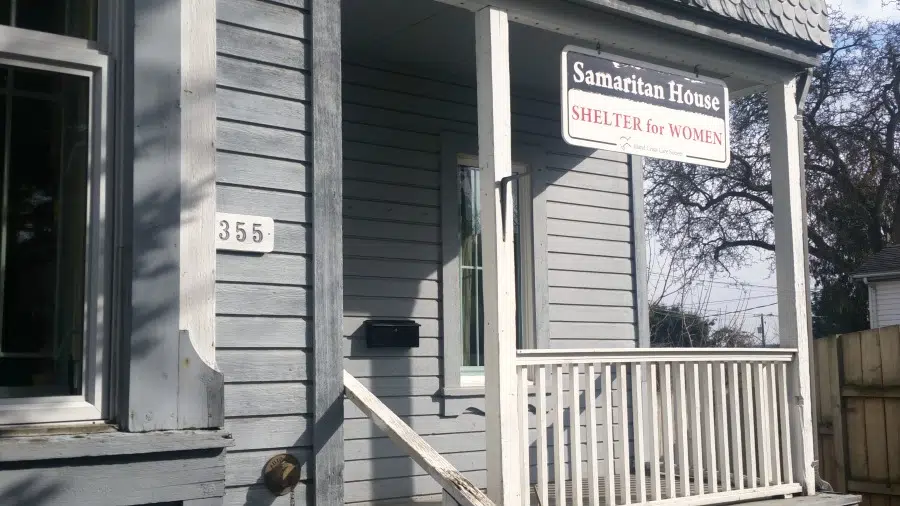
Homeless in Nanaimo: Living on the edge
NANAIMO — Nanaimo’s Sherry Morris can tell you all about the fine line between the comforts of home and flirting with homelessness. She came dangerously close to being on the street after a landlord dispute, but managed to find a place to call home at the woman’s shelter Samaritan House.
“After having homes all my life…living in a single room with basically half my stuff in the same room is hard,” she told NanaimoNewsNOW when we visited her cramped bedroom. “I have seen so much, that it totally made me realize there is so much homelessness in the city. It’s sad to see.”
Since finding herself without a place to call her own, Morris said it hurts to feel the stigma those experiencing homelessness often feel.
“No one wants to have you around, it’s too much for people to think they have to care. Everyone walked away.”



